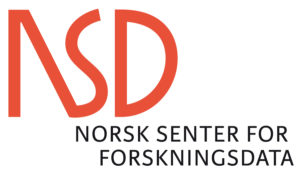Abstract:
The future of stochastic cyber risk management is moving towards integrated, dynamic models based on rich data.
Key development directions:
- Integration with enterprise risk management (ERM): Cyber models will be incorporated into a company's overall risk portfolio, measured by common metrics (e.g., VaR), to show correlations with operational, financial, and reputational risk.
- Blockchain-enabled data consortia: Anonymous, peer-to-peer sharing of incident data through decentralised ledgers will create the rich data sets necessary for accurate probability modelling.
- Dynamic AI models and "digital twins": Artificial intelligence and machine learning will continuously update model parameters based on threat intelligence feeds. Simulations of attacks on faithful virtual replicas of infrastructure (digital twins) will provide insight into cause-and-effect relationships and potential financial impact.
- Parametric insurance and securitisation: Parametric insurance, where payment is made after an objective condition is met (e.g., X hours of downtime), will develop. Risk will also be transferred to capital markets through financial instruments such as cyber catastrophe bonds (cat bonds).
- Quantification of systemic risk: Advanced stochastic models will be developed to examine cascading effects and interdependencies in the network in order to measure the risk to the entire system (e.g., cloud provider failure).





